Finding the sweet spot for Kiira Motors in Uganda’s public infrastructure projects
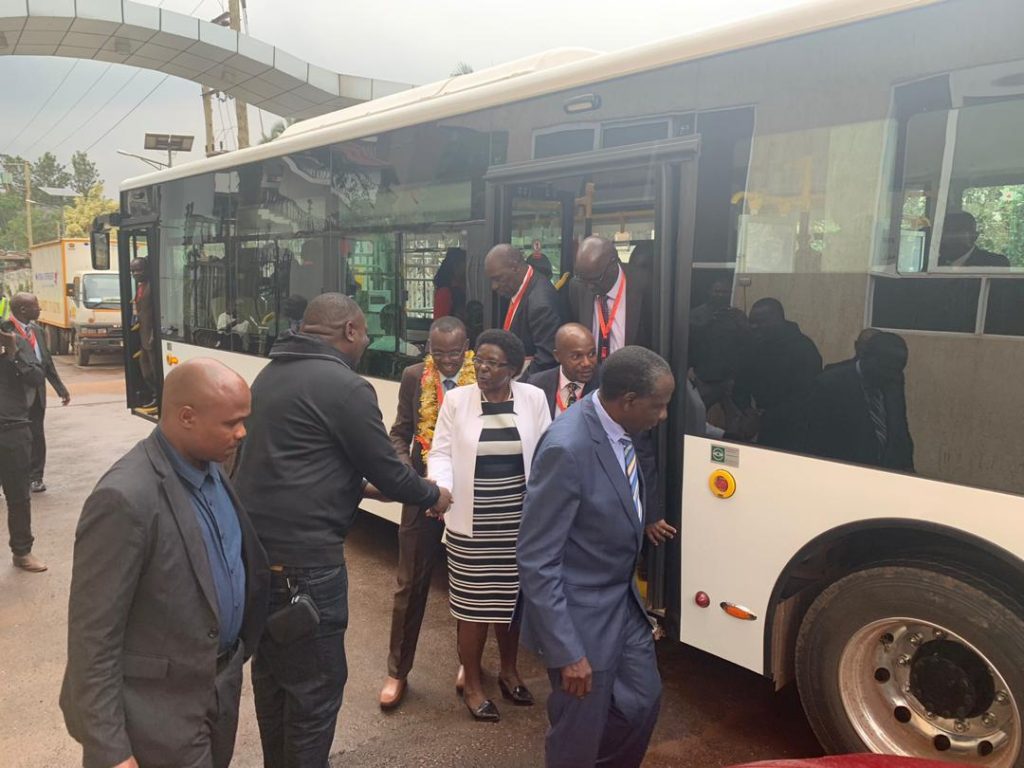
The Ministry of Finance has deposited for parliamentary approval, a request to borrow USD275 million. Of this, USD 219.4 million will come from the African Development Bank, while USD 55.6 million will be lent by the African Development Fund. The proceeds will support the Kampala Capital City Authority’s ongoing programmes to upgrade and expand urban infrastructure.
A key element of the latest phase will be implementation of a decades old plan to develop dedicated bus lanes in the CBD. Starting at the City Square terminus, the lanes will initially cover a 15 kilometre-long ring that will run through Jinja Road, Nakawa, Ntinda-Bukoto-Kamwokya and Wandegeya back to City Square. This ring which forms the core of a 67 kilometre road rehabilitation and improvement project in Kampala, will be used to run a pilot for a scheduled bus service using eco-friendly buses.
In addition to the 67 kilometres of road, 134 kilometres of walkways will also be constructed under the project that is also creating options for non-motorised mobility within the capital.
The pilot seeks to establish how dedicated bus lanes using eco-buses would work before a full roll-out is explored. The proposed Wandegeya-Nakawa-Ntinda – Mulago route has been chosen because a significant portion of its alignment is already multiple-lane. Introducing a dedicated bus lane would therefore not require a lot of additional land, a key cost driver.
There are no details at this point about KCCA’s definition of what constitutes an eco-bus. If they mean low or near-zero emission vehicles however, the project could be leveraged to serve more than one social and strategic goal for Uganda. After a concerted push during 2019, Uganda’s homegrown green mobility pioneer Kiira Motors, managed to put on the road two fully functional electric buses. As we write, the buses are accumulating miles in validation tests and will soon begin operating with live loads in real life conditions.
Even more significantly, one of these buses was assembled in the country by a combined team of Kiira Motors engineers and technicians from Luwero Industries. That exercise established that even before KMC’s 5000 units a year assembly facility is completed in Jinja, the teams can build a minimum of 96 buses a year.
That firmly puts Kiira Motors in a position to meet KCCA’s numerical and technical requirements for the planned eco-fleet. Assuming a departure interval of 3 minutes running in a counter-rotating direction, the maximum fleet requirement for such an operation would be 40 buses. Build in a margin of 20pc to cater for break downs or emergencies and a 48-strong fleet of buses would be sufficient. This is well with the capacity of Kiira Motors.
Procuring the fleet from Kiira Motors would not only conform to the Buy Uganda-Build Uganda (BUBU) policy but will save on capital flight, and help domestic automotive manufacture gain traction early. It also shortens the procurement cycle, keeps jobs in Uganda and builds confidence in high-tech products made in Uganda, within the regional and continental markets.
Even today in the developed world, public procurement has always been leveraged to support domestic industry. For instance NATO member states and a few other countries such as South Korea and Japan, have all bought the United States’ fifth generation fighter, the F35 designed by Lockheed Martin. Yet a majority of these customer states will be using their domestic aerospace industry to build the units they have bought from the US.
The major policy actors in Kampala and Uganda’s mass transport programme, namely KCCA , the Ministry of Works and Transport, as well as the Ministry of Science, Technology and Innovation, need to work together to explore ways of integrating existing streams for local content participation into this and any future public funded projects for multiple yield.
Unless we demonstrate faith in what we produce by consuming it, external customers would have next to no reason to buy the same. Most significantly however, we need to learn to extract maximum value from each dollar of public spend by aligning all the potential synergies in a logically cascading stream.

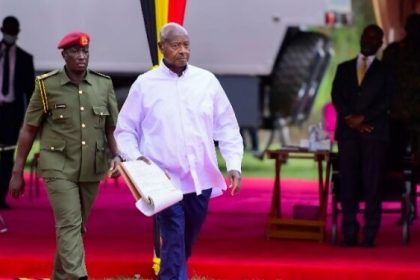 Why we beg to differ with President Museveni on permanent terms pronouncement
Why we beg to differ with President Museveni on permanent terms pronouncement
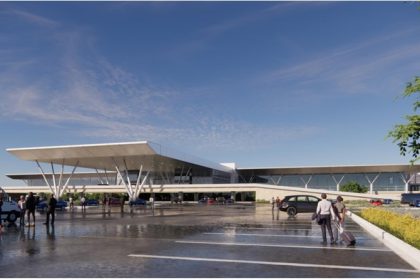 Uganda’s Aviation Infrastructure: Time for ambitious upgrades and structural reform
Uganda’s Aviation Infrastructure: Time for ambitious upgrades and structural reform
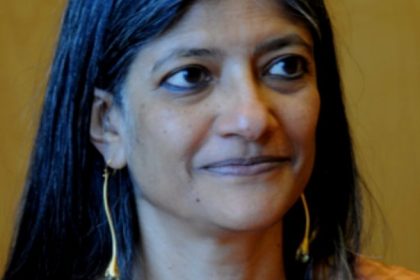 Why and how economics must change
Why and how economics must change
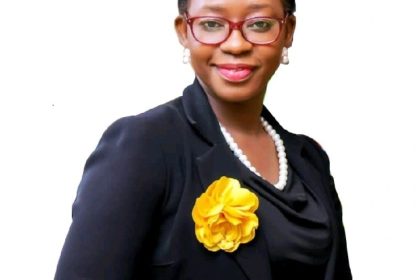 Illicit alcohol, the unbridled silent killer in Uganda
Illicit alcohol, the unbridled silent killer in Uganda
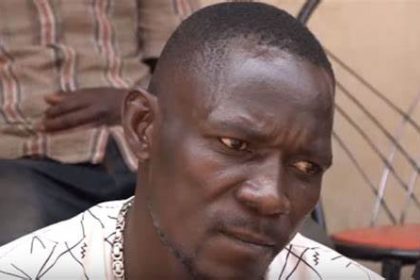 Sobi’s gang is fragmenting, here is why that is bad for you
Sobi’s gang is fragmenting, here is why that is bad for you
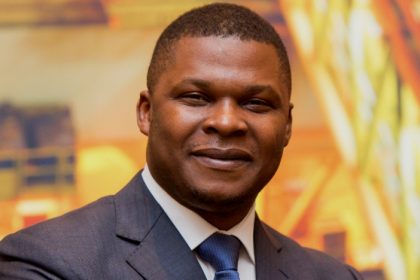 Africans must resist being bulldozed in energy transition timetable debate
Africans must resist being bulldozed in energy transition timetable debate
